AI Fashion Fails
First published: 20th January 2025
Last updated: 25th January 2025
Mango
In July 2024, fashion brand Mango attracted a lot of attention for their AI generated advertising. You can read their take on it here. I can understand the appeal for companies: it saves a lot of time and money that would be spent on hiring and shooting models. But for consumers, it completely misses the point of seeing what the clothes look like and how they would fit a person.
Here's an example from their campaign:
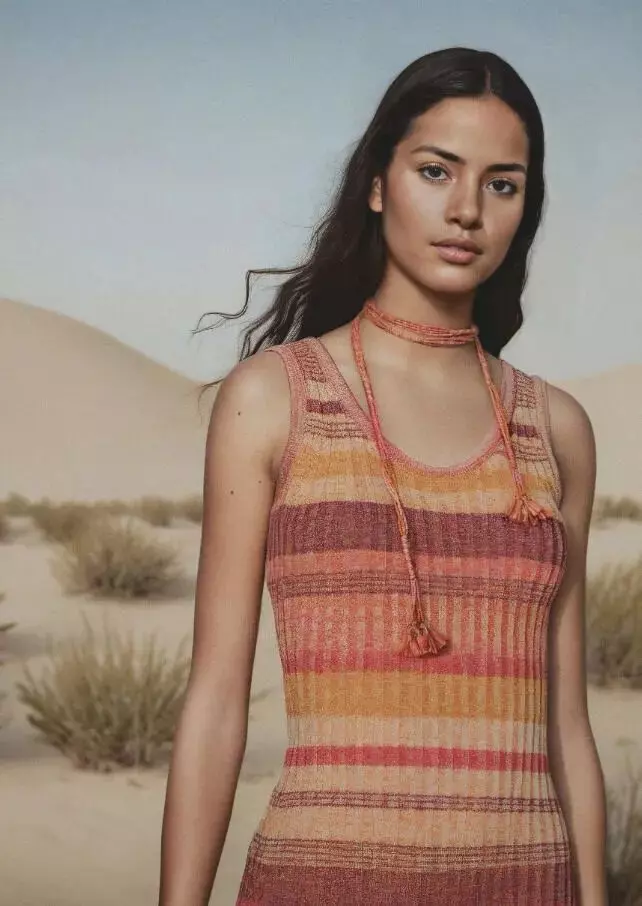
The Mango advertisements, while AI generated, are good quality and have clearly been through a lot of human supervision, editing, and quality control to make sure that the pictures actually represent the product they are selling. I'm not mad at them.
Alibaba have taken things a bit further.
The Alibaba Approach
Alibaba have taken this idea to a ridiculous extreme. Multiple sites are offering literally hundreds of different designs for chunky knit celtic-inspired hoodies. Those faces look awfully smooth. AI image generators are very fond of the bokeh effect . It doesn't stop there.
The exact same set of pictures is advertised on at least 6 different sites. If you find more examples, please let me know. The products in question do not feature prominently on the sites' homepages, but are easy to find through their search function. I believe they mostly drive sales through adverts that link directly to the product, but this is pure speculation. I can't imagine somebody scrolling through all of these and then deciding to buy a different product from a website that does this.
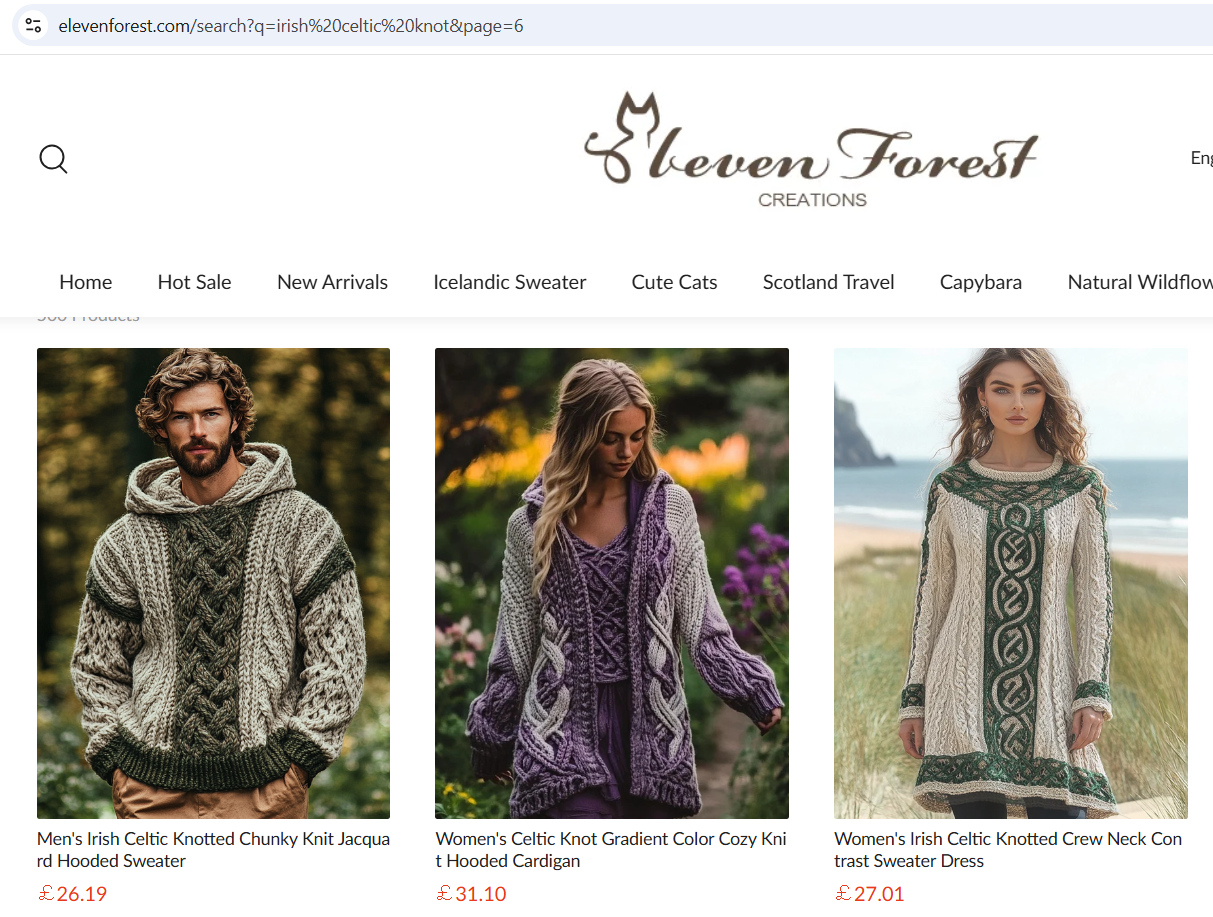
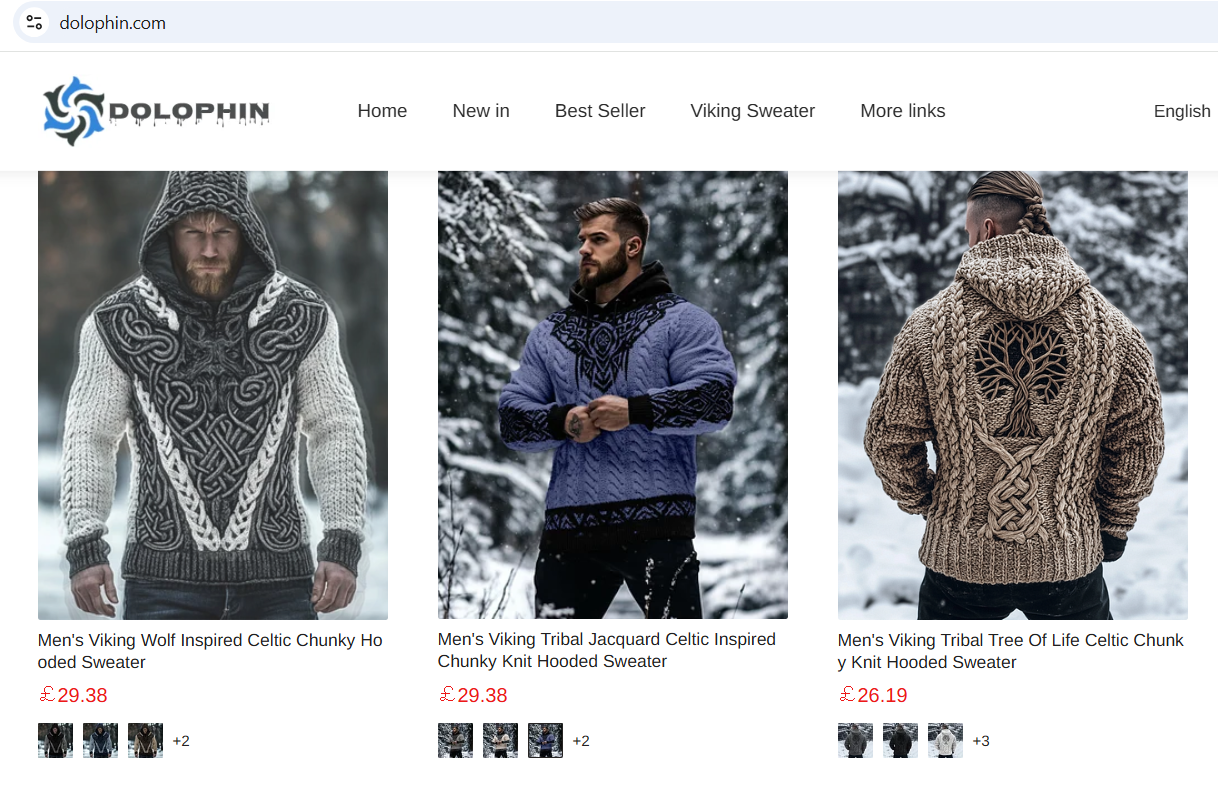
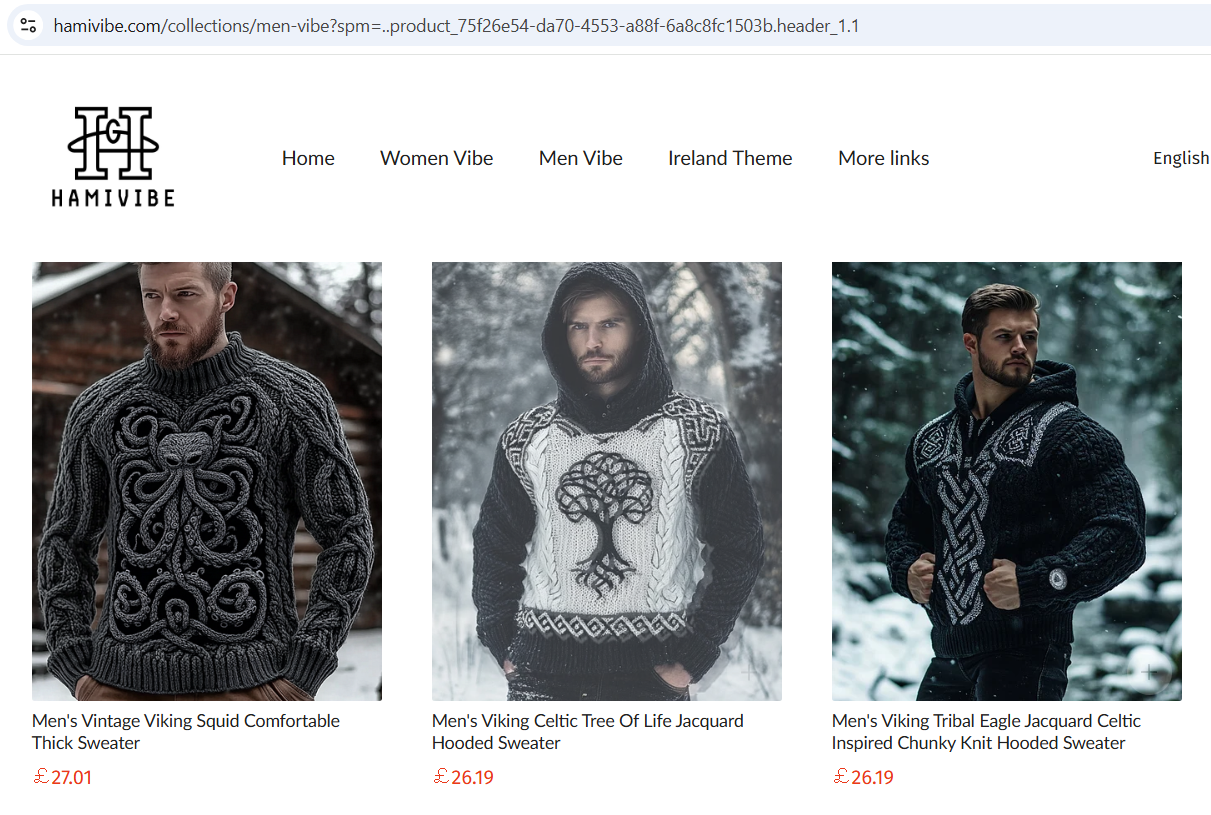
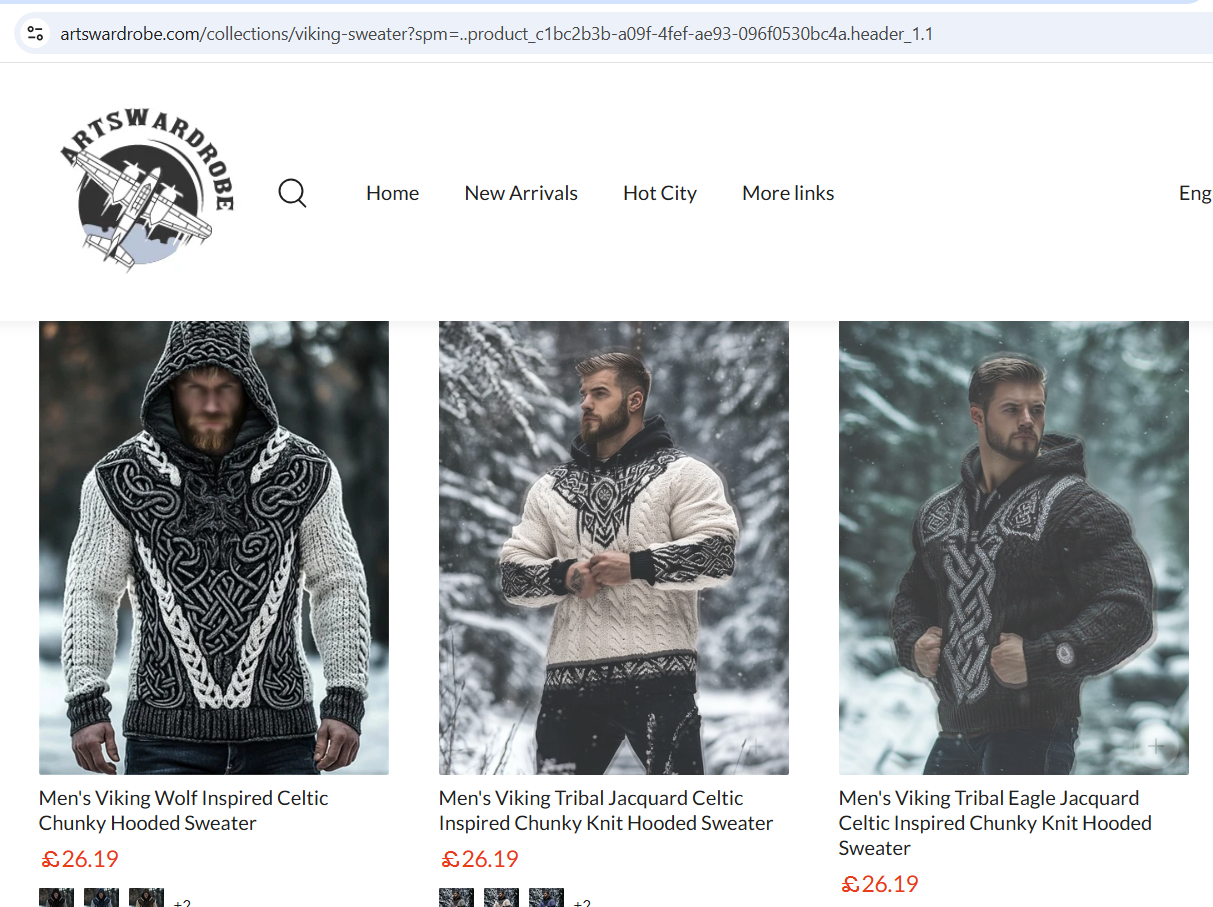
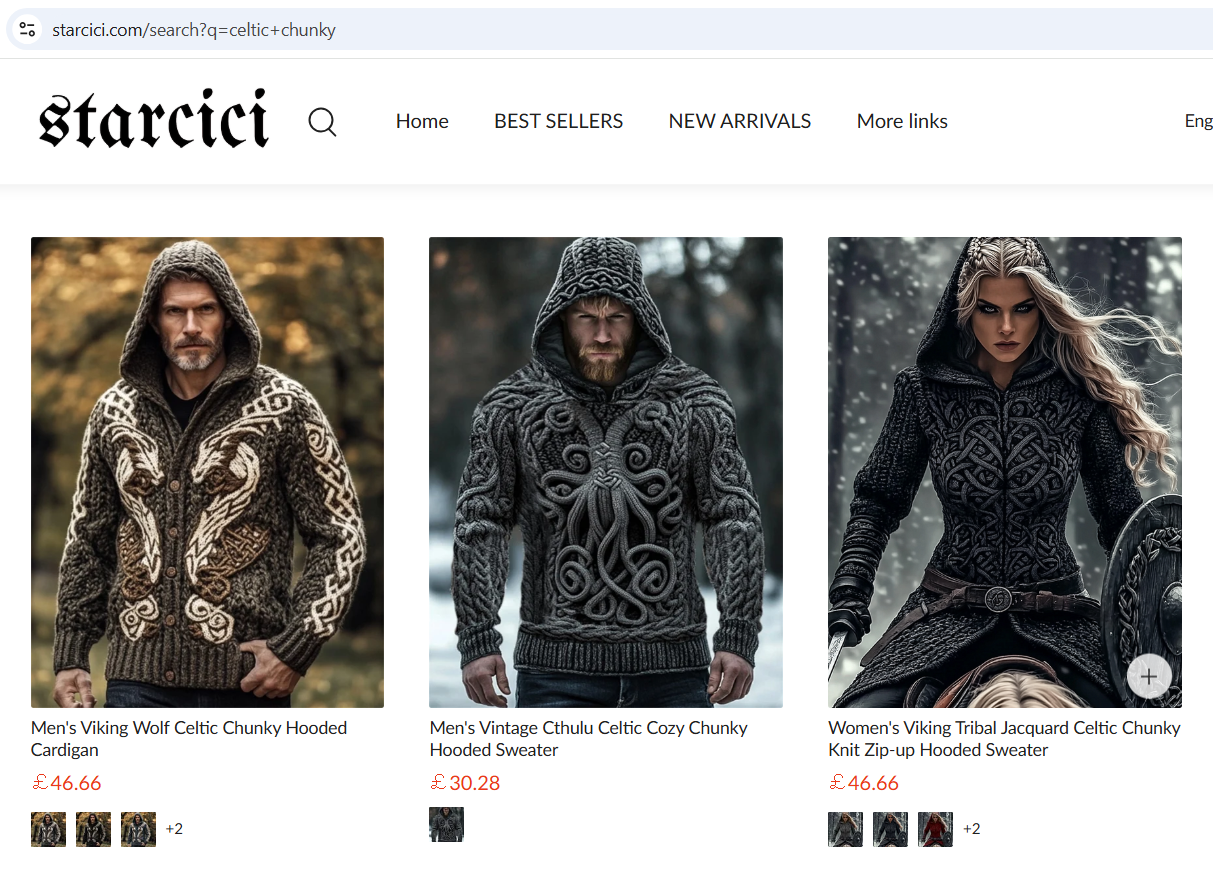
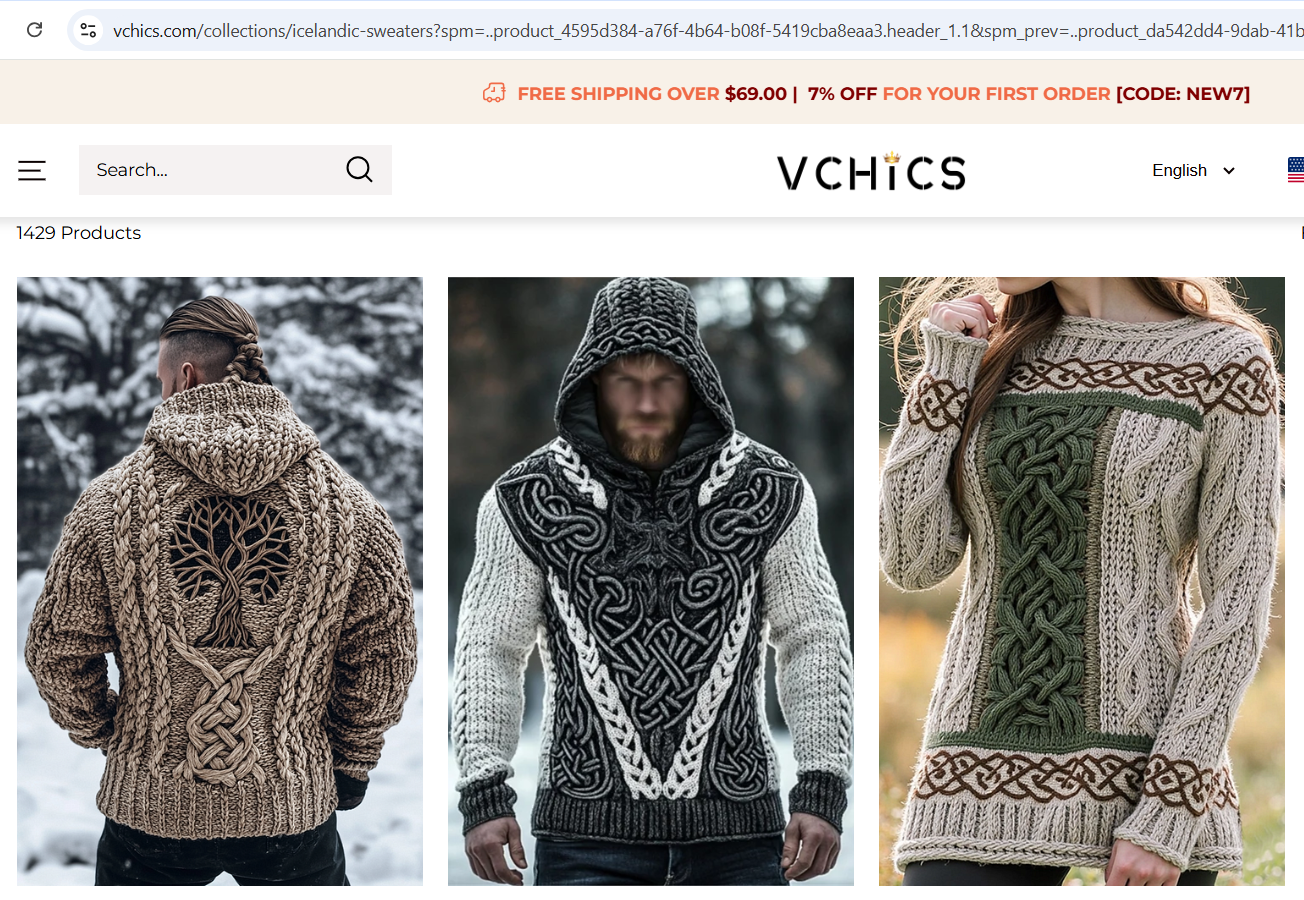
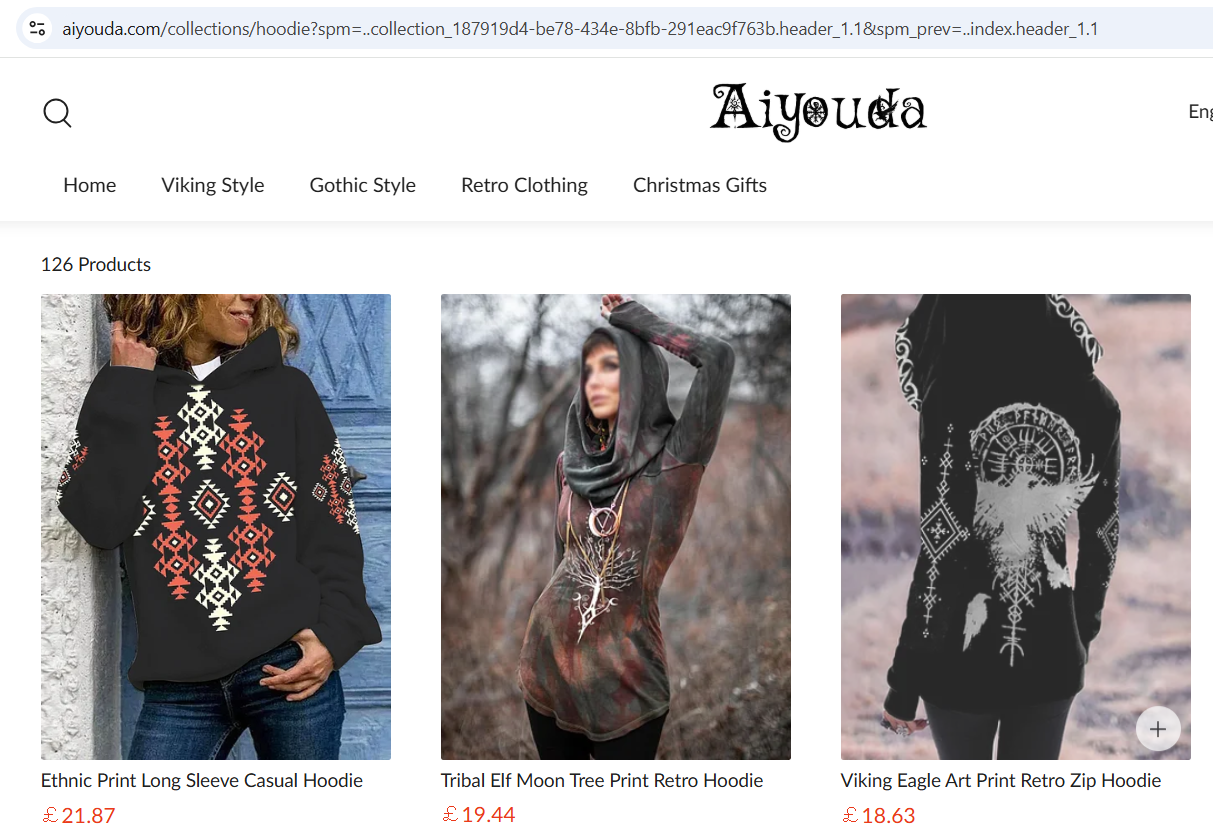
How do we know these all belong to Alibaba? With a quick whois lookup.
Let's take a look through some highlights of their mistakes.
Bad Patterns
First up, patterns that no human would create and certainly no human would painstakingly knit without noticing the glaring asymmetries:
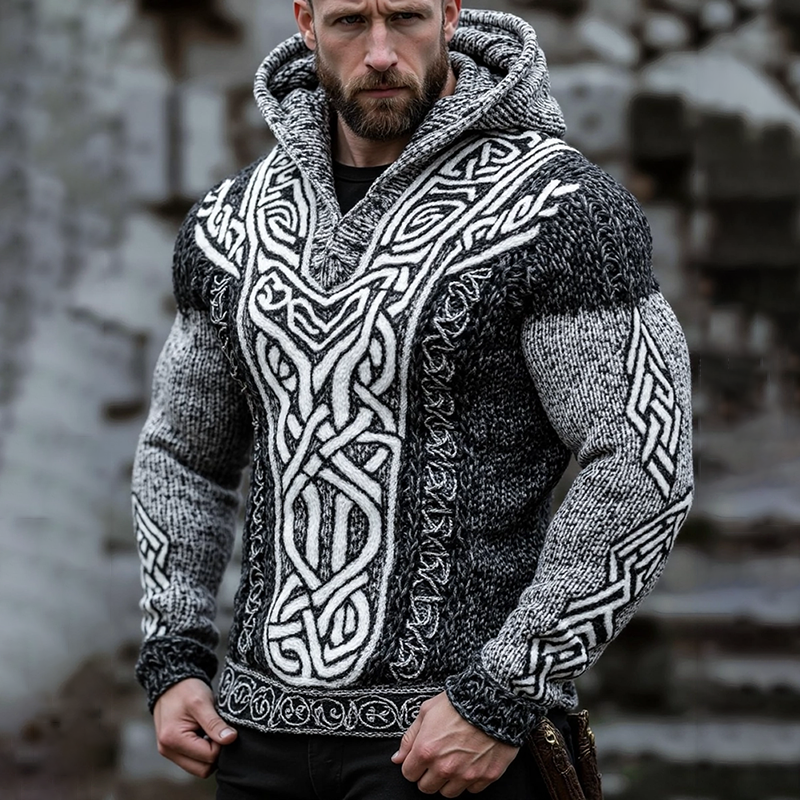
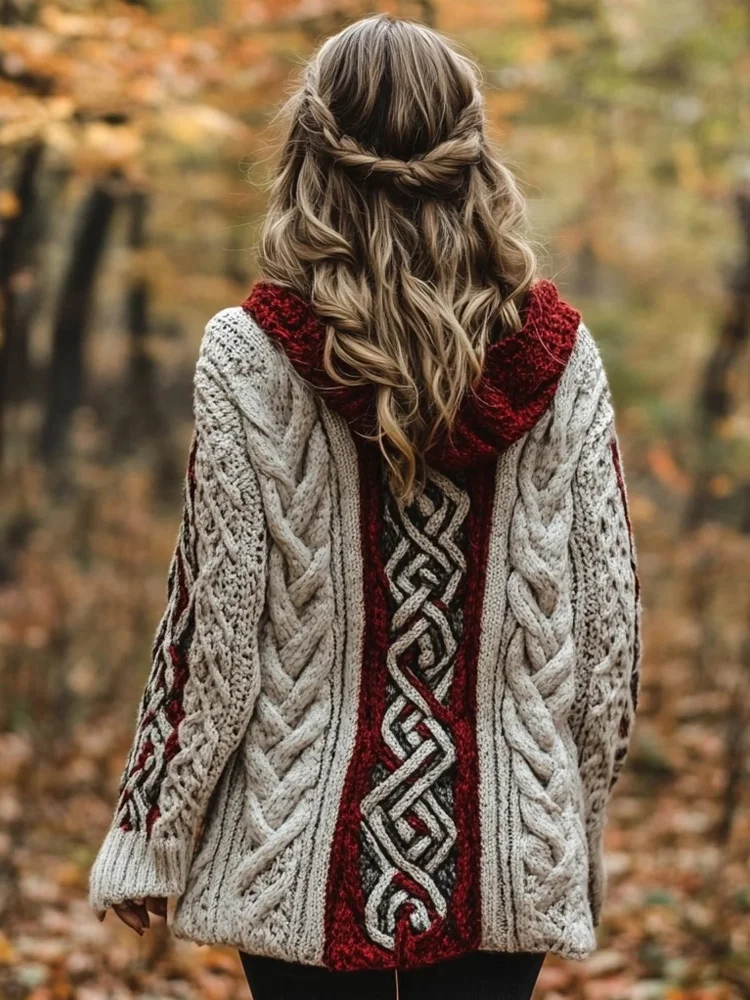
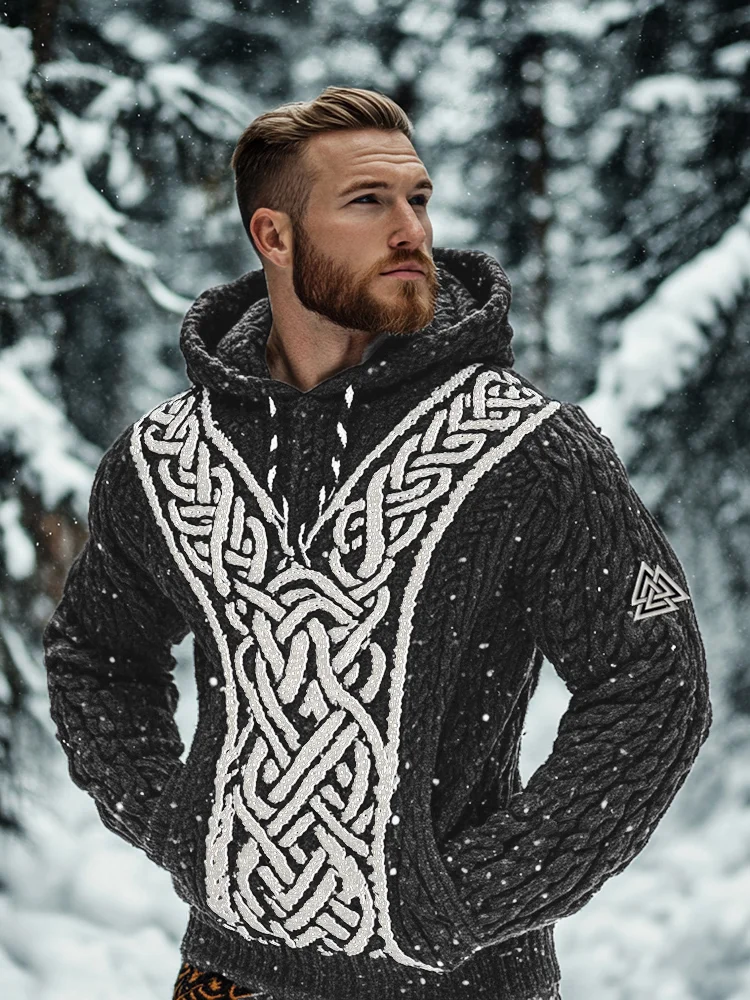
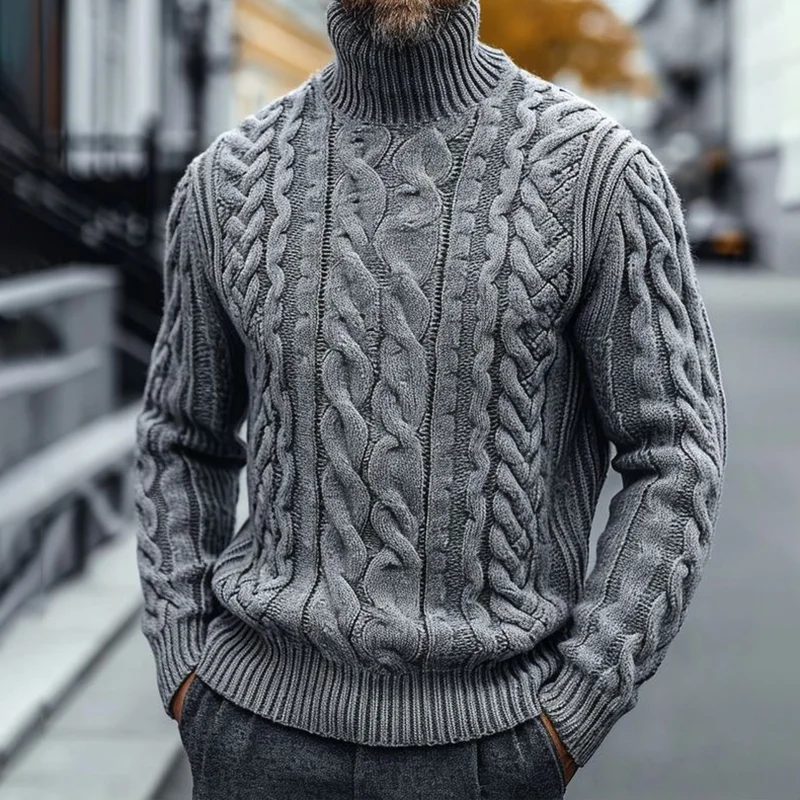
Bad Hands
Our next category is: bad hands. AI image generators are famous for their malformed hands, and although a lot of progress has been made, there is still a long way to go.

His right hand is missing something. His left hand has two fingers merging together.
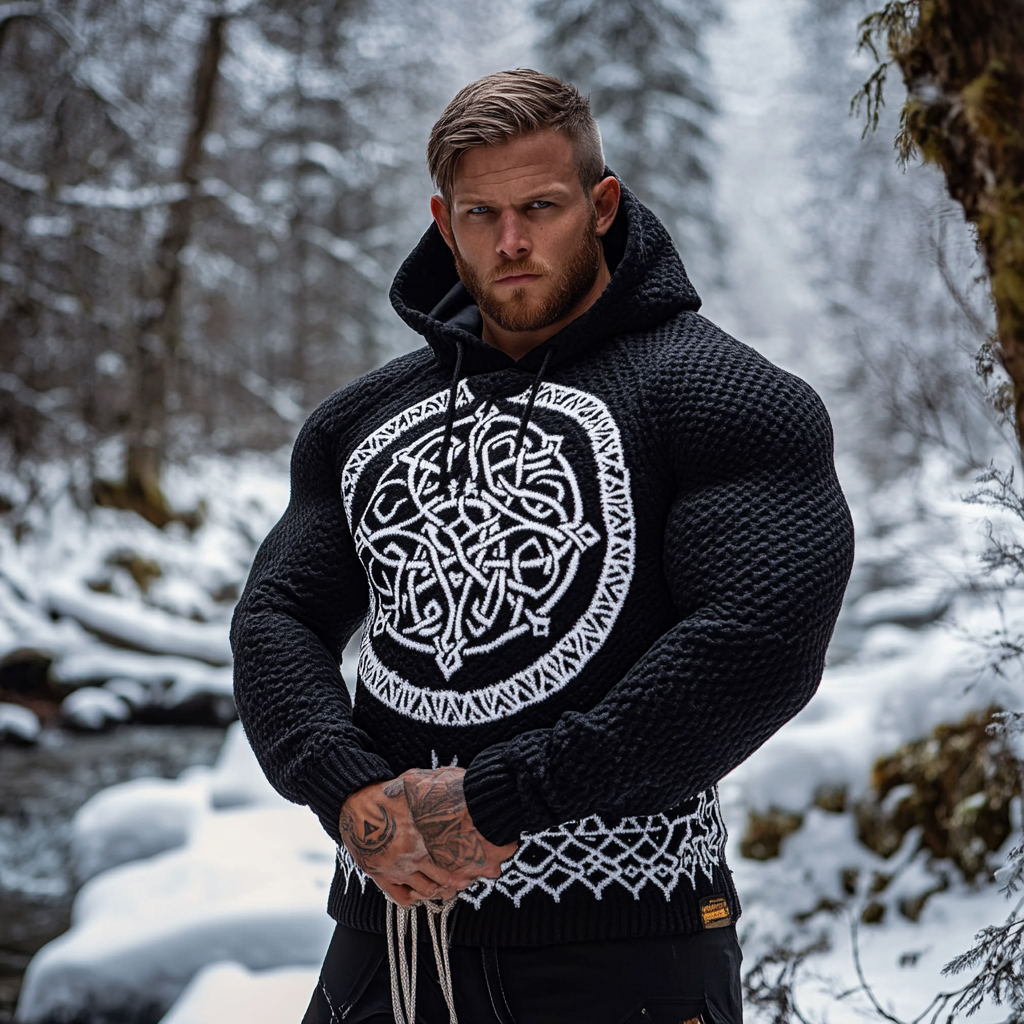
It's hard to tell where one hand ends and another begins.
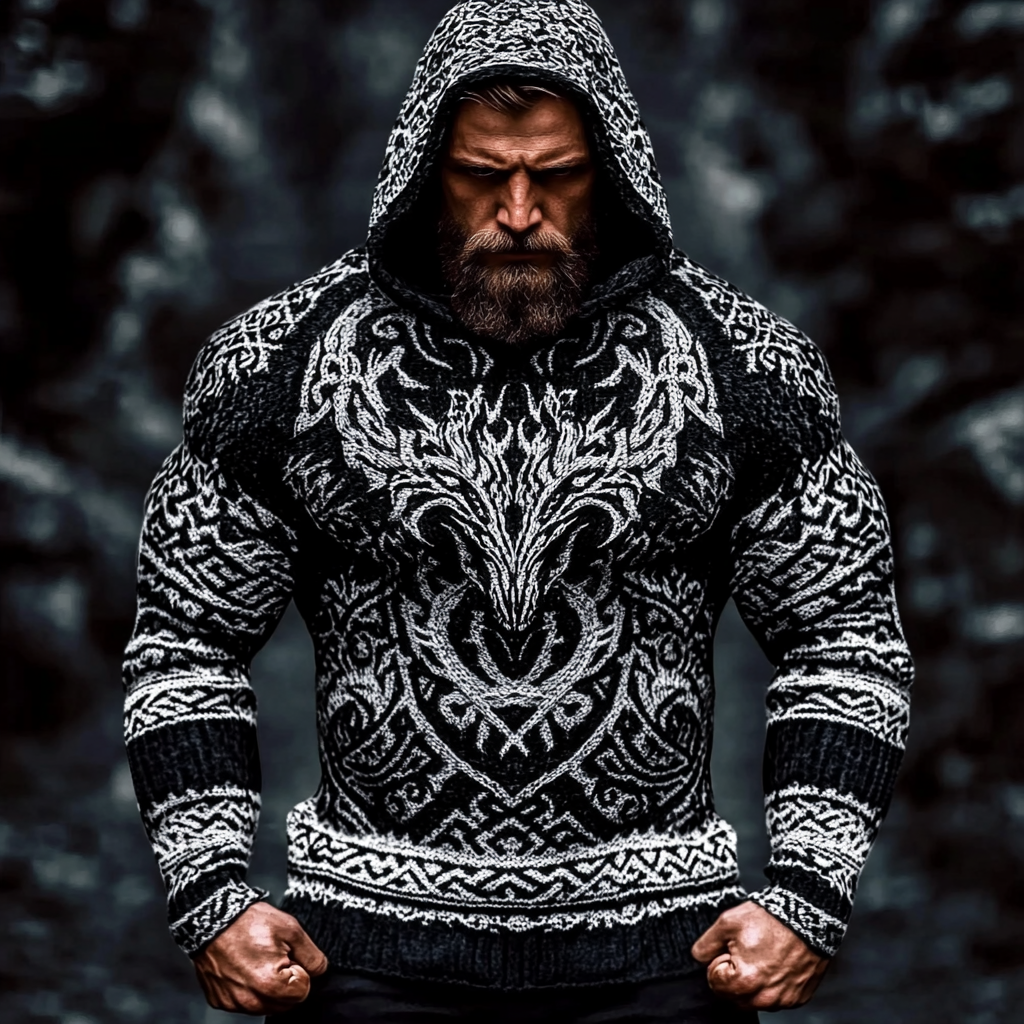
This guy's fingers are kind of... curly? And let's not talk about his arms.
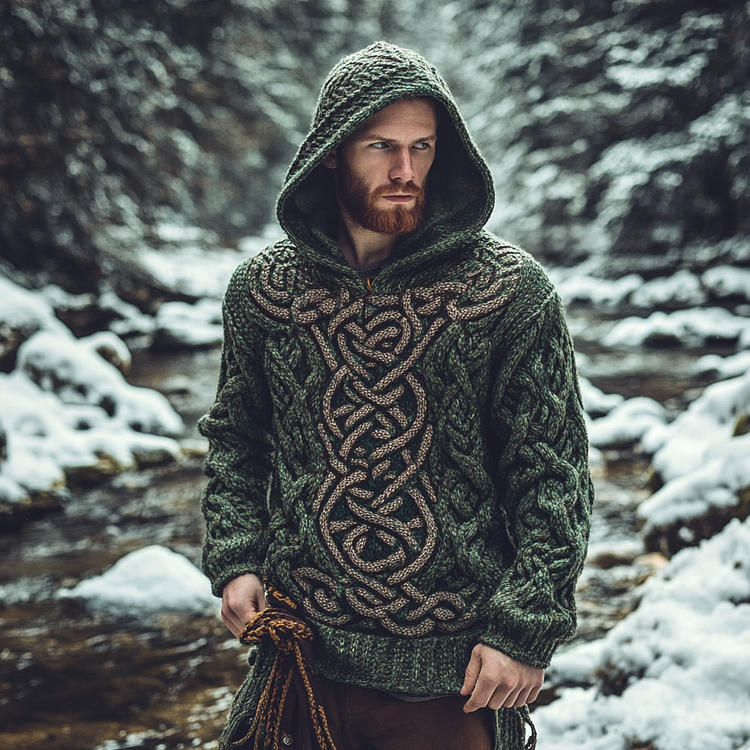
An absolute staple of AI hand mistakes. Six fingers.
Cropped Faces
Another area of anatomy that AI image generators often struggle to make lifelike enough to fool a human observer is faces. The easy solution? Don't have a face. The number of images without faces was too large to show them all here, but here is one example.
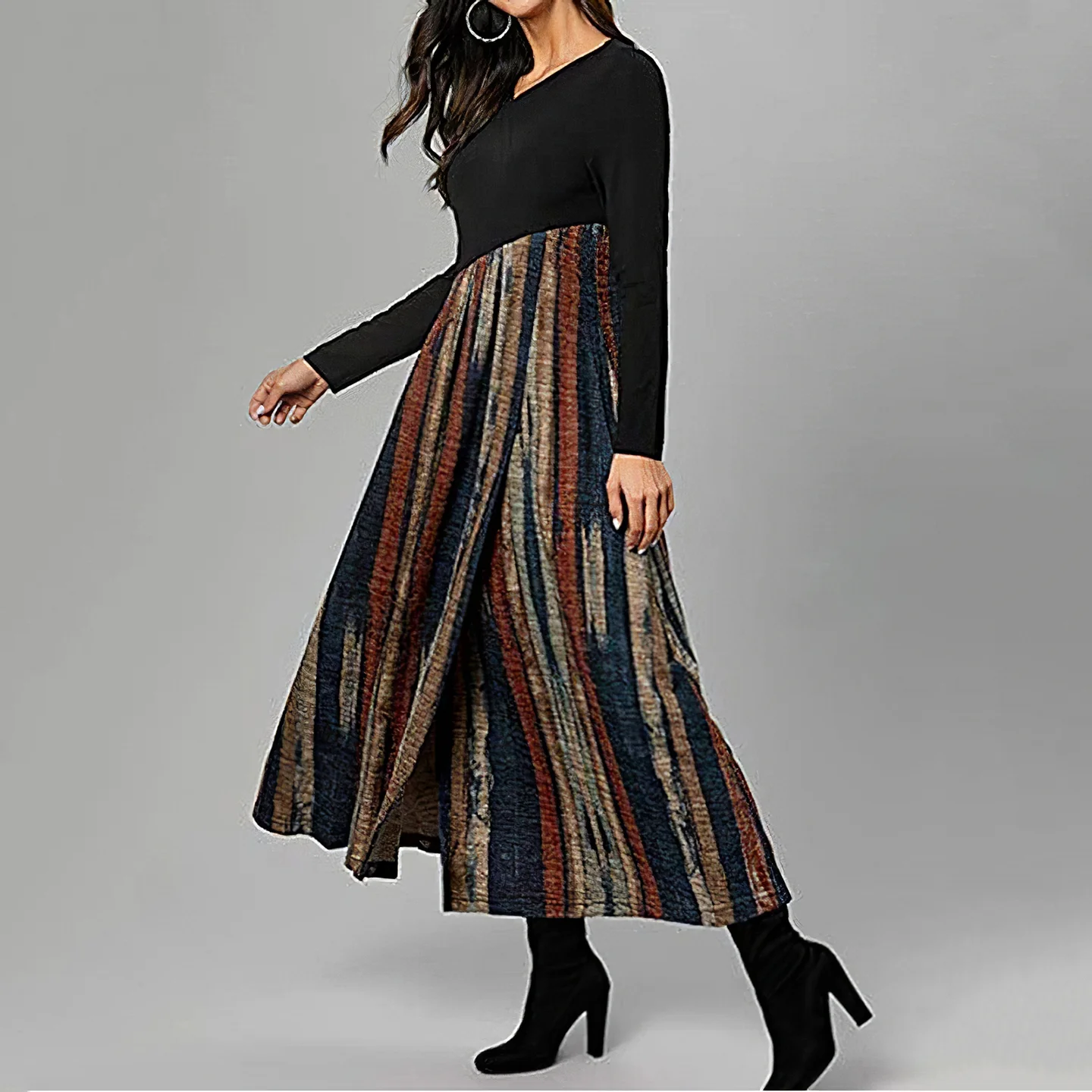
Yes, it kind of hides that it was made by an AI. No, it doesn't make it look like a photo a real fashion company would use to advertise their products. What kind of deal did these people make with their fictional model? I don't think so.
Blurred Faces
The team have clearly not been slacking, and have tried to keep up with some new techniques in AI art generation. Some of the pictures have... reasonable faces. And some of them show a hint that the computer might have fallen asleep halfway through inpainting. The results are some shady figures indeed:
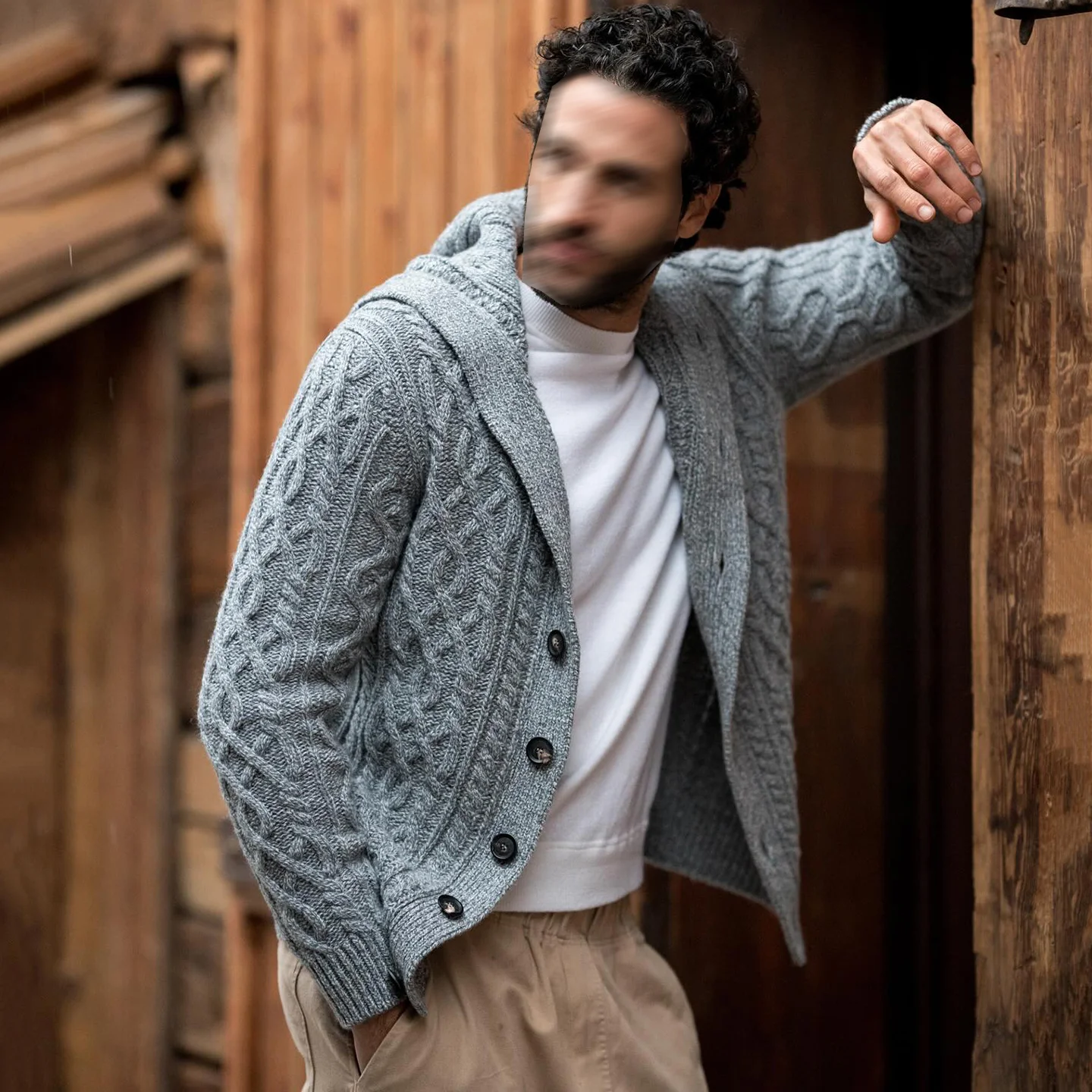

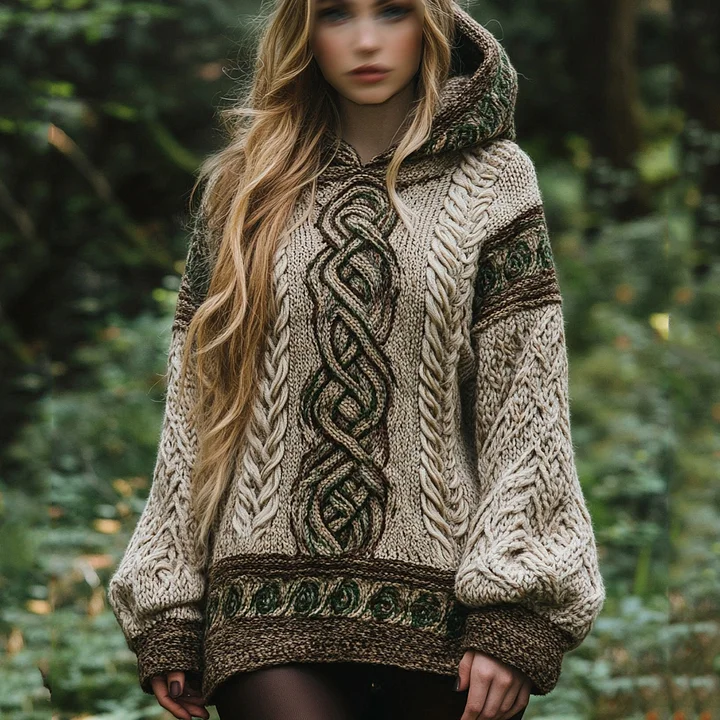
While I can't say for sure this is evidence of inpainting, I can say for sure those aren't photographs of people.
No Face At All
Why stop there? Who needs a face at all?
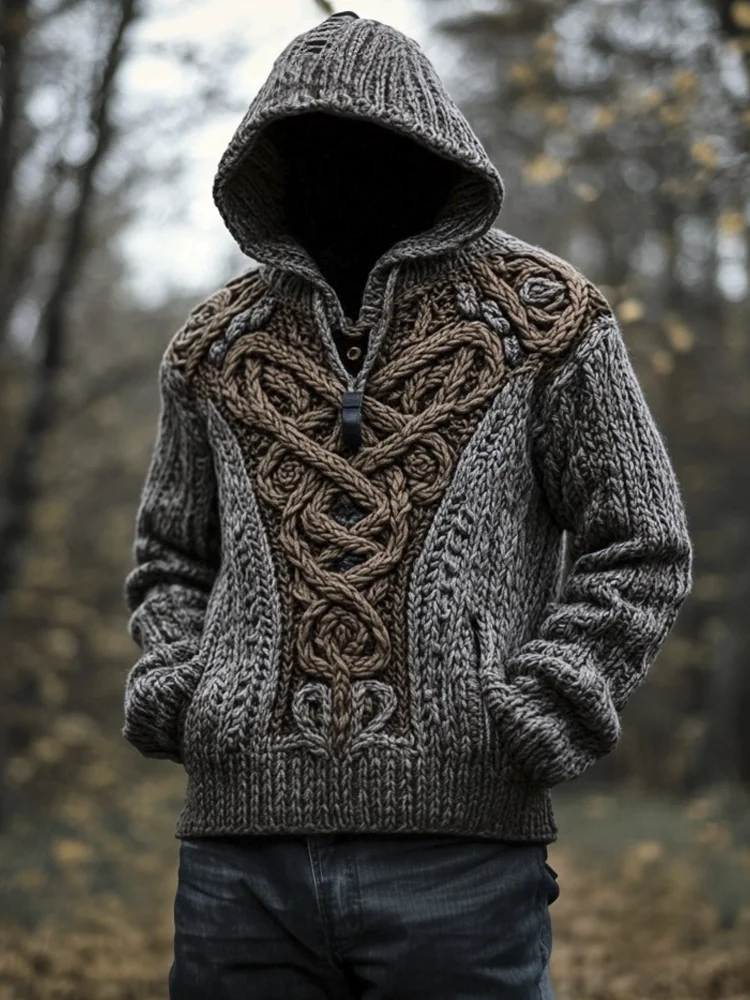
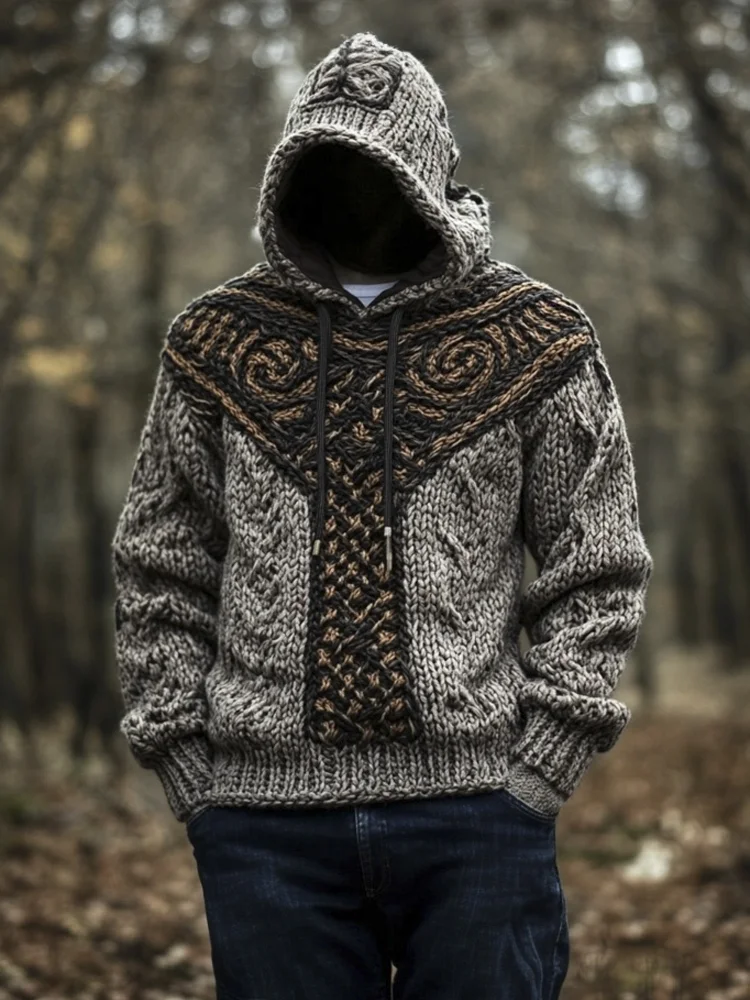
What do you say to this man when you meet him in the woods while out walking your dog?
If you're really struggling to find models, at least be honest about it. There are good options. Like putting your clothes on a mannequin.
What exactly are these clothes supposed to be made of?
It sure isn't wool. Or any other kind of fabric.

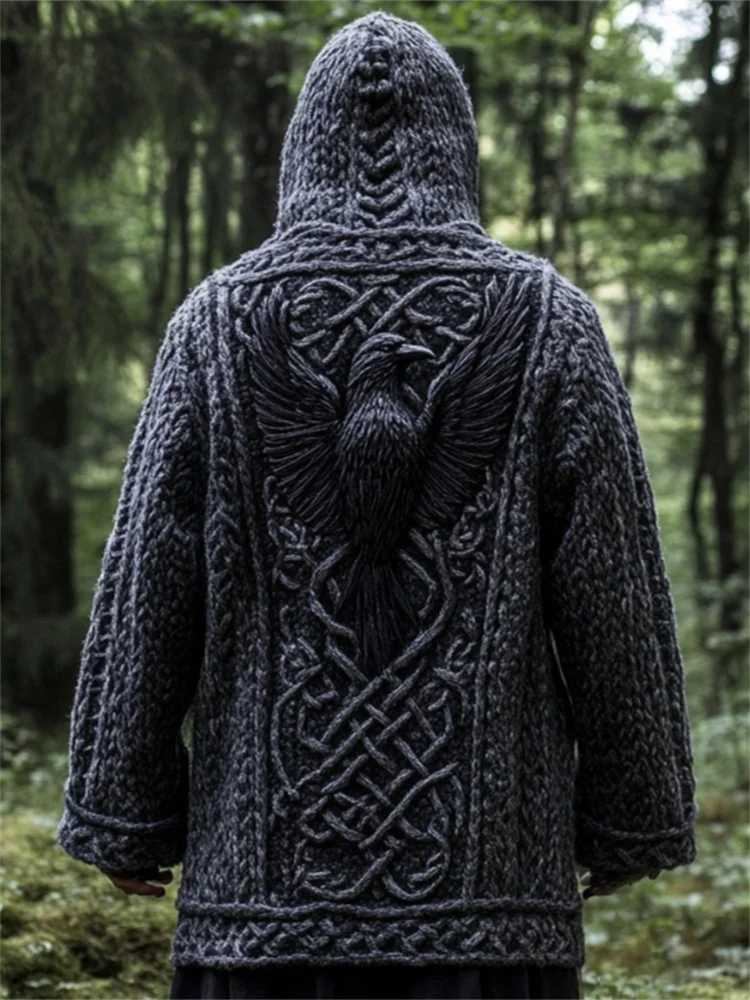
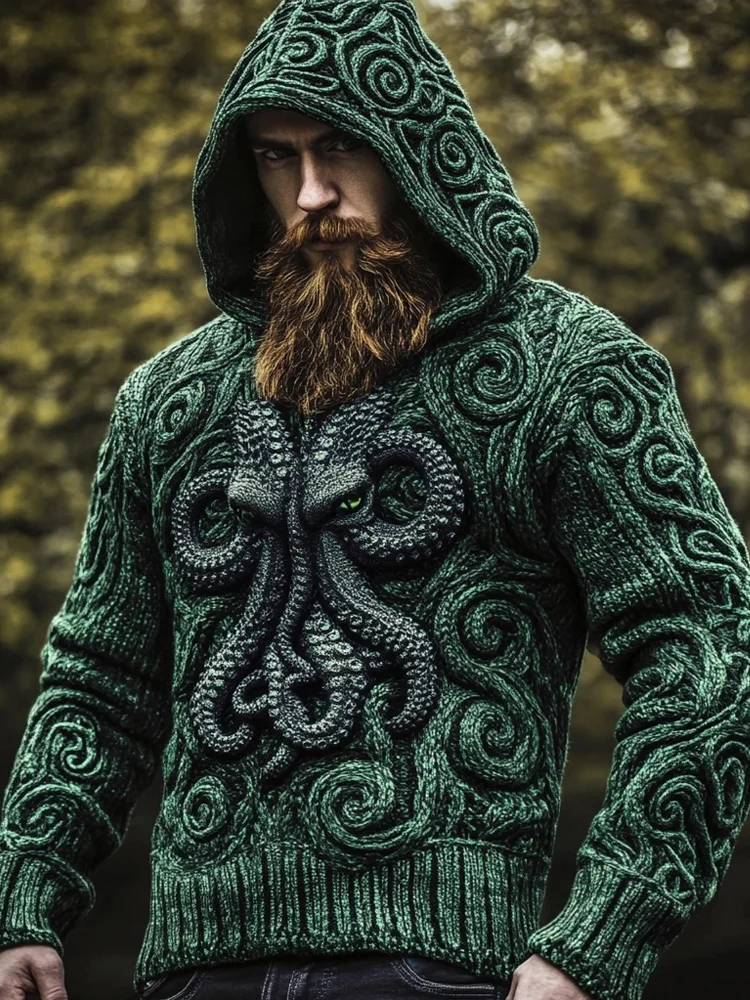

Bad Hoods
Finally, some failures of basic physics. All of these women have hair improbably passing right through the hood in a continous flowing cascade.

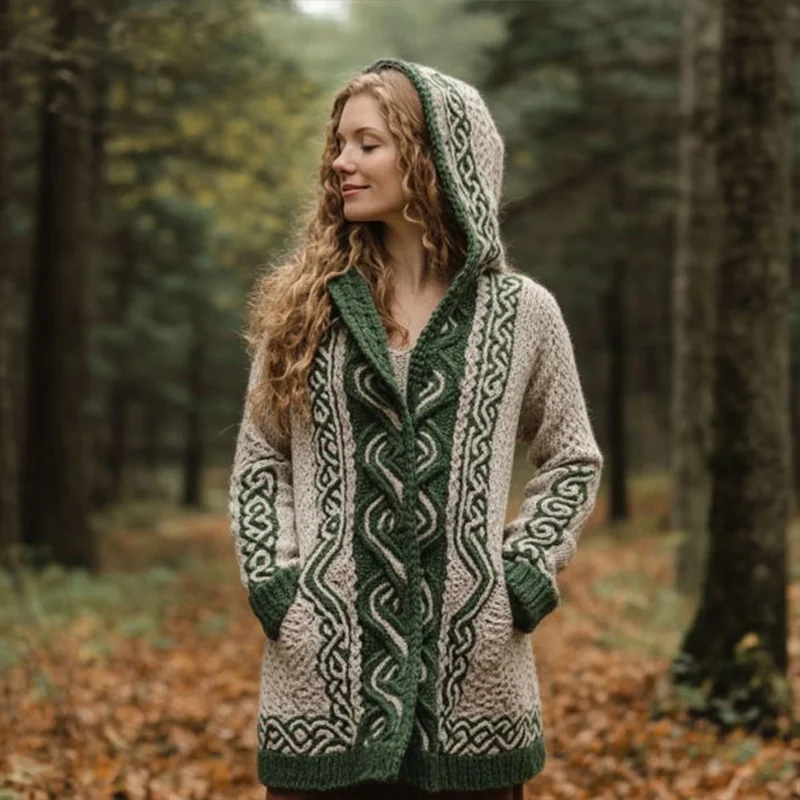
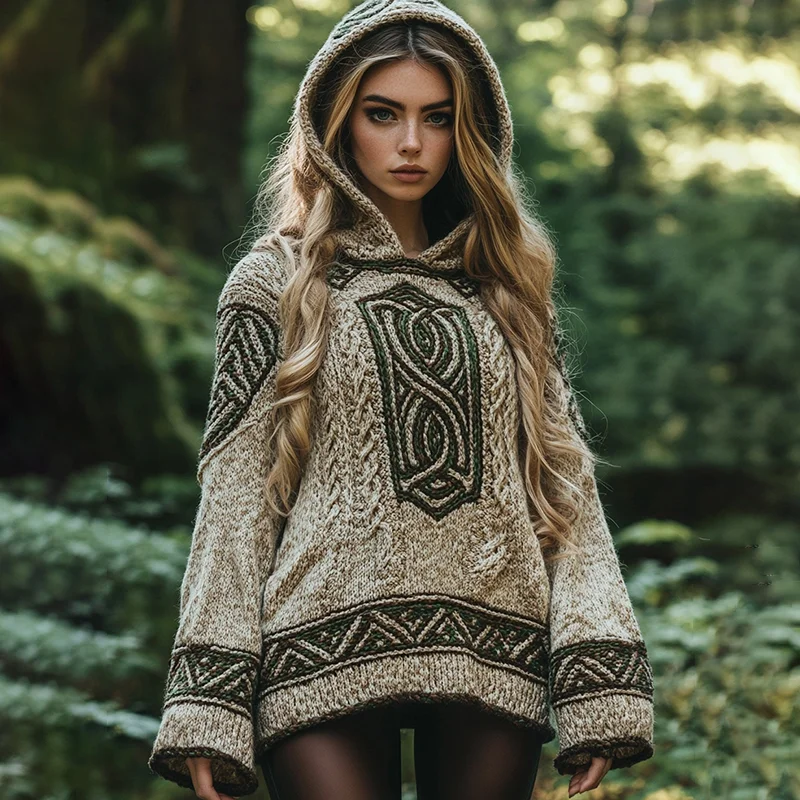
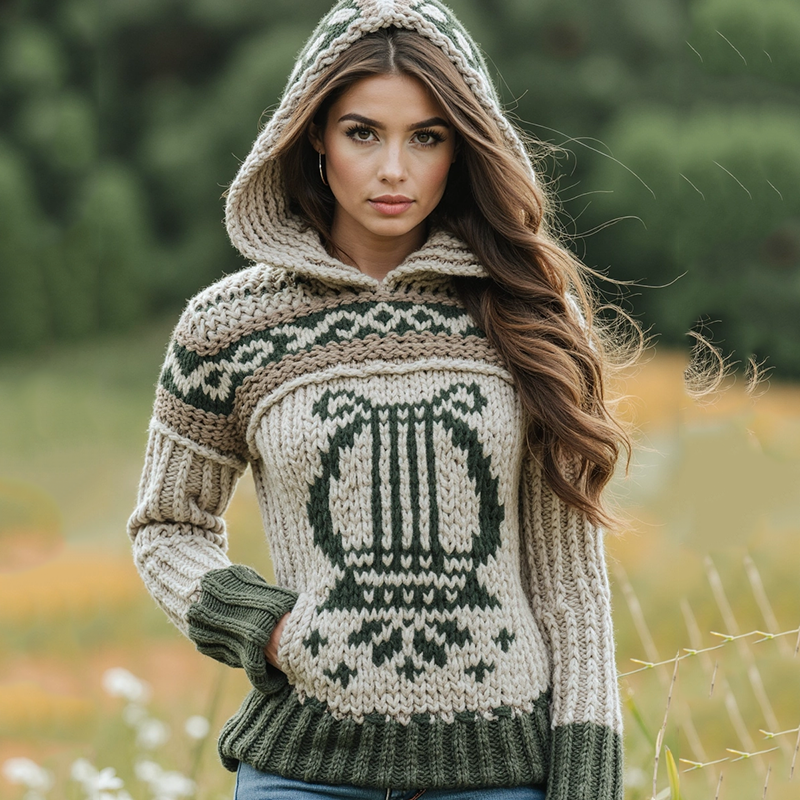
Reactions
Some reviews of these items on trust pilot:



It's almost surprising they send a product at all.
Advertising standards
Where do advertising standards fall on this?
The position seems to be quite unclear. Advertising standards do allow certain differences between the item depicted and the item sold. They mostly focus on the impression of a product that a viewer would form. The rules also do not take into account how an advert was created.
This makes sense. I can make an advert that only contains drawings or cartoons. But still, I think what they're doing here goes too far.
Looking forwards
This problem is only going to get worse. It isn't hard to imagine a criminal with an ounce of competence uploading images that are as good as say the top 10% of these hoodies (there are hundreds and I have selected only the worst to showcase here). It isn't hard to imagine increases in AI capability in the next year will mean the scammers wouldn't even need to put the images through quality control before they were good enough to be believed.
It isn't hard to imagine automating every step of this:
- Choosing a style of clothing
- Generating images of models wearing clothes in that style
- Creating and deploying a website that purports to sell them
- Advertising the website
Imagine that somebody creates a hundred of these sites a day, and doesn't need to reuse pictures because it is so fast and so cheap to make new ones. The current method of waiting for somebody to find and report the adverts as misleading, which are then reviewed by a human before action can be taken, isn't going to be enough. Imagine a scammer who makes a new website for every victim, and then deletes the site once they have the target's payment details. We are losing this race. There is no other possible outcome.
In the meantime, hit me up if you want to start a company that makes real chunky knit celtic hoodies. I think there might be demand.
_ Likes